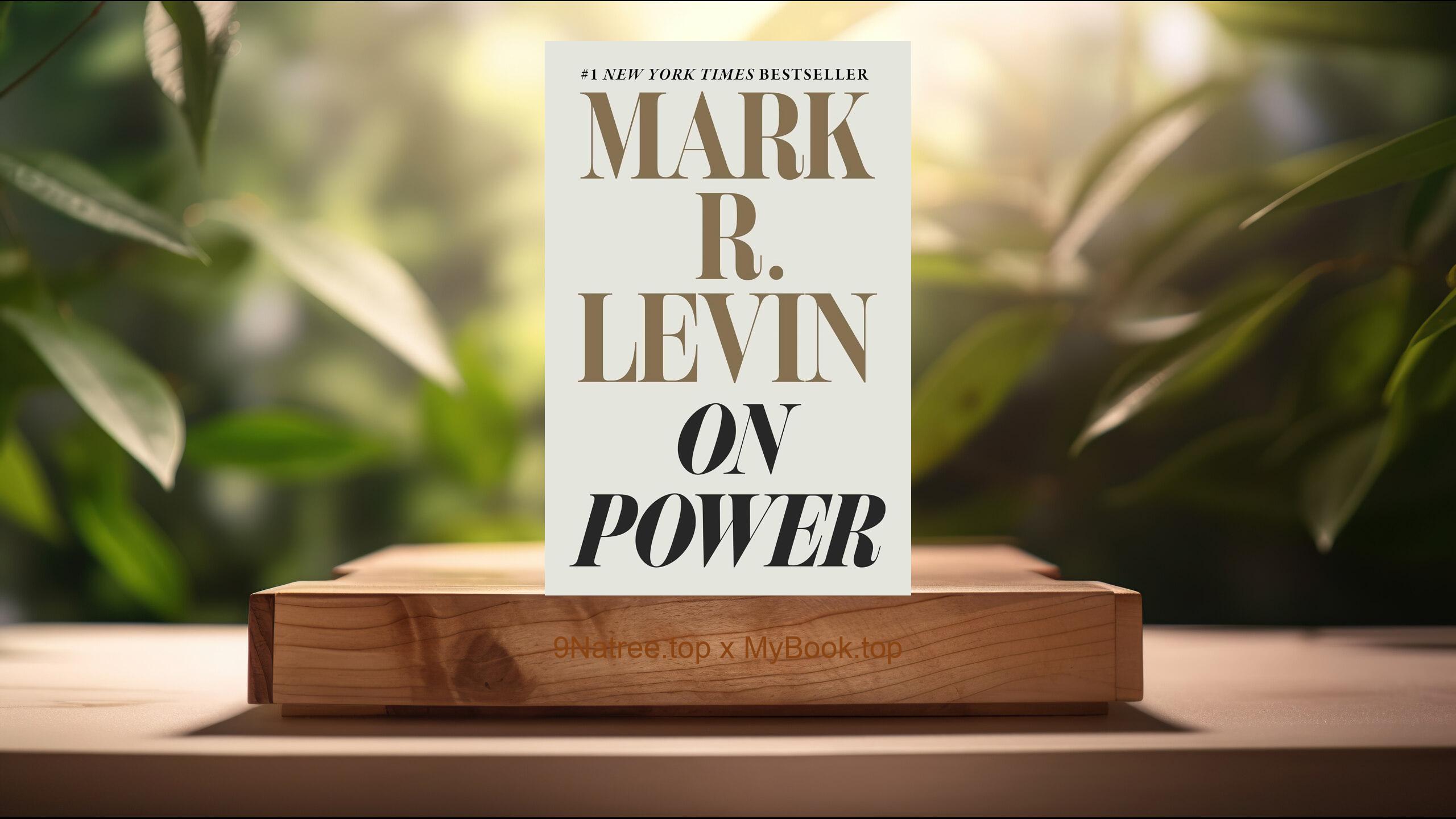Show Notes
- Amazon USA Store: https://www.amazon.com/dp/B08SMFY9MG?tag=9natree-20
- Amazon Worldwide Store: https://global.buys.trade/To-Rescue-the-Republic-Bret-Baier.html
- Apple Books: https://books.apple.com/us/audiobook/star-wars-the-high-republic-into-the-dark-unabridged/id1551663582?itsct=books_box_link&itscg=30200&ls=1&at=1001l3bAw&ct=9natree
- eBay: https://www.ebay.com/sch/i.html?_nkw=To+Rescue+the+Republic+Bret+Baier+&mkcid=1&mkrid=711-53200-19255-0&siteid=0&campid=5339060787&customid=9natree&toolid=10001&mkevt=1
- Read more: https://mybook.top/read/B08SMFY9MG/
#UlyssesSGrant #Reconstruction #Electionof1876 #Civilrights #Panicof1873 #ElectoralCommission #WhiskeyRing #Presidentialleadership #ToRescuetheRepublic
These are takeaways from this book.
Firstly, Grant the soldier who sought peace at Appomattox, Bret Baier opens by reintroducing Ulysses S. Grant as a leader forged in war yet committed to mercy. The campaign against Robert E. Lee culminates at Appomattox, where Grant offers generous terms that encourage reconciliation rather than humiliation. This choice becomes a cornerstone of his civic philosophy. The book traces Grant from the Western Theater to overall command, highlighting traits that defined his presidency later on. He was methodical, unflappable under pressure, and allergic to theatrics. He prized results over rhetoric. Baier shows how Grant learned to balance firmness with humanity, insisting on unconditional victory while seeking a peace that millions could accept. These habits of mind prepared him to govern a nation still simmering with grievance. Appomattox is not the end of conflict, Baier argues, but the start of a more complex mission. War solved secession. It did not resolve the daily rights, safety, and citizenship of the formerly enslaved or the terms of reunion between North and South.
Secondly, Reforging the Republic during Reconstruction, As president, Grant faced a union held together by law yet threatened by terror. Baier details how Grant used federal authority to defend citizenship and voting rights in the South. The Enforcement Acts and the Ku Klux Klan Act allowed the government to pursue and prosecute organized violence. The newly created Department of Justice coordinated these efforts, signaling that civil rights were national commitments. Grant supported the Fifteenth Amendment, backed prosecutions against white supremacist paramilitaries, and signed the Civil Rights Act of 1875, a milestone later weakened by the courts. Baier presents these decisions as both moral and constitutional, grounded in a duty to protect equal protection and republican government. The book also examines hard limits. Northern fatigue, judicial resistance, and Southern intransigence constrained federal reach. Grant could suppress conspiracies, but he could not by executive will alone make social equality real or permanent. Even so, Baier argues, the administration set a precedent that federal power could defend democracy when local authorities refused.
Thirdly, Scandal, the Panic of 1873, and the fight for reform, Baier does not gloss over the storms that battered the Grant administration. The Panic of 1873 triggered a deep economic contraction, scarred labor markets, and ignited divisive debates over currency, credit, and recovery. Grant favored fiscal stability and ultimately supported hard money policies that culminated in the Specie Resumption Act. Meanwhile, corruption cases, most notably the Whiskey Ring, darkened public trust. Grant pursued the ringleaders and defended the rule of law, even when investigations reached close to the White House. Still, the climate gave critics ammunition. Baier frames these episodes as a test of executive character. The president could not control every appointee, but he could insist on accountability, remove culprits, and stand by judicial outcomes. The chapter also shows Grant learning to separate personal loyalty from public duty. In the clash between reformers and spoils, he increasingly sided with professionalization of government, an impulse that pointed toward later civil service reforms.
Fourthly, The disputed election of 1876 and a narrow passage, The heart of the book is the constitutional crisis following the Hayes Tilden election. Multiple Southern states sent competing slates of electors amid intimidation, fraud charges, and deep partisan suspicion. With the potential for rival inaugurations and renewed violence, Grant moved to secure the nation without inflaming it. Baier recounts how he positioned federal troops to deter riots, protected the capital, and pressed leaders to find a lawful remedy. Congress created a bipartisan Electoral Commission, a delicate instrument that could function only if the country remained calm. Grant enforced neutrality while ensuring courts and officials could operate without fear. He privately prepared for unrest yet publicly modeled restraint. The final resolution favored Rutherford B. Hayes, paired with understandings that hastened the end of federal occupation in parts of the South. Baier presents the episode as a narrow passage in which order and procedure averted catastrophe, even as the compromise carried grave consequences for Black citizens.
Lastly, Legacy beyond the presidency and a renewed verdict, Baier closes with an intimate portrait of Grant after the White House. The world tour revealed global respect for the Union and its former commander. Financial ruin later struck, pushing Grant to write his Personal Memoirs while battling cancer. The pages, published with the help of Mark Twain, rescued his family and offered a model of candor and grace. Baier uses these final acts to reflect on reputation. For decades, narratives fixated on scandal borrowed from partisan caricature. Newer scholarship, including this work, emphasizes Grant as a defender of civil rights, a protector of republican order, and a leader who refused political theater in favor of steadiness. The legacy is complex. Reconstruction ideals were not fully secured. Yet his use of federal power to shield citizens, his insistence on lawful process in 1876, and his personal integrity at the end of life combine to elevate him among consequential American presidents.
![[Review] To Rescue the Republic (Bret Baier) Summarized](https://episodes.castos.com/660078c6833215-59505987/images/2201377/c1a-085k3-pkvkjxn5cpw4-8alxw0.jpg)




